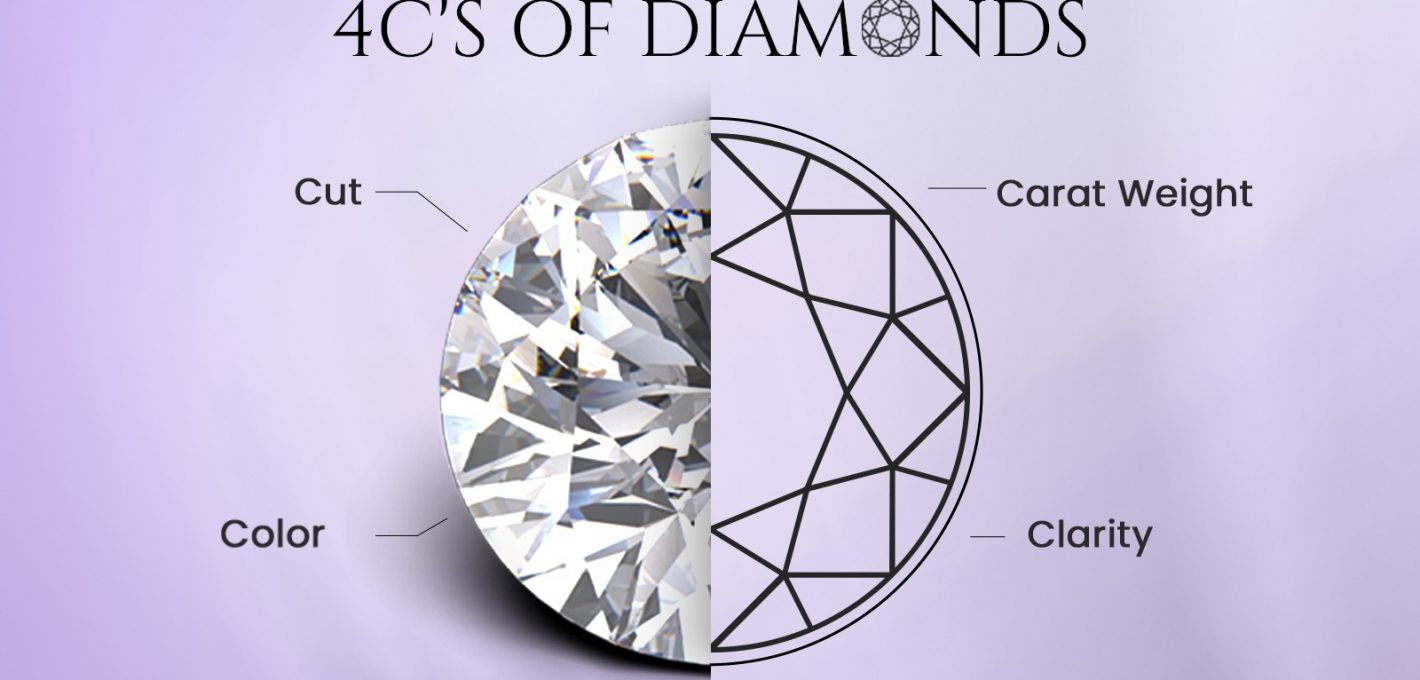Diamonds Better? The Ultimate Guide to Understanding Their Advantages
What Are Lab-Developed Diamonds?
Lab-developed diamonds, also known as engineered diamonds, are real diamonds that are created in a laboratory rather than being formed in the Earth’s outside north of billions of years. These diamonds are created using two primary techniques:
High Tension High Temperature (HPHT): Mirrors the outrageous heat and strain conditions that happen naturally profound within the Earth.
Chemical Vapor Testimony (CVD): Involves placing a carbon-rich gas in a chamber and using heat to transform it into diamond crystals.
These cycles create diamonds that are chemically, physically, and optically identical to natural are lab grown diamonds better, meaning they are made of unadulterated carbon and display the same brilliance and hardness as mined diamonds.
1. Quality Comparison: Lab-Developed vs. Mined Diamonds
One of the key selling points of lab-developed diamonds is their virtually identical quality to mined diamonds. The two sorts of diamonds are graded based on the same criteria: the “Four Cs” — carat weight, cut, variety, and clarity. Lab-developed diamonds can frequently be created with less blemishes and in a more extensive range of varieties, making them ideal for those looking for explicit characteristics.
Carat Size: Lab-developed diamonds can be created in larger sizes with less trouble than natural diamonds, which are rare in large sizes.
Cut and Clarity: Because they are created in controlled conditions, lab-developed diamonds can have less inclusions (defects) and can be cut with higher precision.
Variety: Lab-developed diamonds are much of the time available in a variety of varieties, from dismal to near-drab, and even fancy tints like pink and blue.
While certain individuals may have an inclination for the rarity and history associated with mined diamonds, lab-developed diamonds offer the same physical characteristics, frequently at a more serious price.
2. Environmental and Ethical Considerations
Environmental Impact: The diamond mining industry has for quite some time been condemned for its negative impact on the climate. Traditional mining operations cause deforestation, disrupt environments, and utilize significant amounts of water and energy. Besides, diamond extraction can bring about large-scale land degradation and contamination.
Lab-developed diamonds, then again, have a lot smaller environmental footprint. However the development of diamonds in a lab requires energy, particularly for techniques like HPHT and CVD, it typically utilizes far less water and has a significantly lower environmental impact compared to the excavation and processing of mined diamonds. Additionally, many lab-developed diamonds are created using renewable energy sources, making them more eco-accommodating.
Ethical Considerations: The ethical worries surrounding diamond mining have been prominent in the industry for decades, primarily because of the prevalence of “contention diamonds” — diamonds that are mined in war zones and offered to subsidize armed struggle. Although the Kimberley Cycle Certification Plan was established to forestall the trade of contention diamonds, the framework is not idiot proof, and a few diamonds actually make their way into the market.
Lab-developed diamonds eliminate this issue altogether. Since they are made in controlled conditions, there is no risk of funding savagery or exploitation. For purchasers worried about human privileges and ethical sourcing, lab-developed diamonds offer a clear advantage.
3. Cost: Affordability and Value
Cost is perhaps of the most compelling reason why many individuals are choosing lab-developed diamonds over mined diamonds. Typically, lab-developed diamonds cost 20% to 40% not exactly their natural counterparts. This price contrast allows customers to purchase larger or more excellent diamonds for the same spending plan.
For example, a 1-carat lab-developed diamond of fantastic quality could cost between $2,000 to $4,000, while a mined diamond of the same size and quality could range from $5,000 to $10,000 or more. This price contrast makes lab-developed diamonds an appealing choice for those looking for a larger stone or a greater diamond within their spending plan.
4. Discernment and Resale Value
In spite of the various advantages of lab-developed diamonds, perhaps of the greatest challenge they face is customer discernment. While lab-developed diamonds are gaining popularity, they are still frequently considered to be less lofty than their natural counterparts. Many individuals associate mined diamonds with hundreds of years of tradition, rarity, and extravagance, and may be hesitant to embrace lab-developed diamonds because of worries about their value or status.
Resale Value: One of the major disadvantages to lab-developed diamonds is that they don’t hold their value in the same way as mined diamonds. While natural diamonds can appreciate or retain value after some time, lab-developed diamonds will generally have a lower resale value because they are not as rare or scarce. For the individuals who view their diamond purchase as an investment, this may be a drawback.
Be that as it may, on the off chance that you’re purchasing a diamond primarily for its tasteful qualities or emotional significance rather than as an investment, the resale value may not be a major concern.
5. The Eventual fate of Lab-Developed Diamonds
As lab-developed diamonds become more accessible and broadly accepted, almost certainly, their popularity will continue to develop. Technological advancements may lead to significantly more affordable creation strategies, and as open awareness about the ethical and environmental advantages increases, more buyers may make the switch.
Lab-developed diamonds also offer the potential for custom plans and personalized features that are more troublesome or exorbitant to achieve with mined lab created diamonds. They are supposed to play a significant job in the fate of the diamond industry, particularly among environmentally and socially cognizant customers.
Conclusion: Are Lab-Developed Diamonds Better?
Whether lab-developed diamonds are “better” relies upon the criteria that matter most to the individual shopper.
For those seeking a more affordable, ethical, and sustainable choice, lab-developed diamonds are a great decision.
For the individuals who value rarity, tradition, and potential long haul value, mined diamonds may hold more appeal.
Ultimately, lab-developed diamonds offer many compelling advantages, especially regarding cost, environmental impact, and morals. As awareness continues to develop, obviously lab-developed diamonds are reshaping the fate of the gems industry, it is both beautiful and mindful to offer an alternative that.



